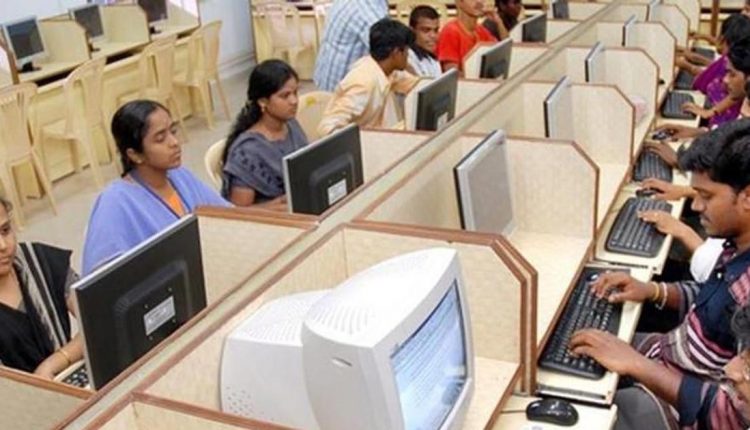Bhubaneswar: The learning for women in India has been at a much higher rate during the pandemic compared to the pre-pandemic period. Now the country can boast of 44 per cent of new women learners in 2021, which was 37 per cent back in 2019.
The comparison was made in the Women and Skills Report by Coursera that compared enrolment in the pre-pandemic period with the trends observed on the platform since the onset of the pandemic till June 2021.
Currently, with 4.8 million registered women learners, India ranks second in the world for the highest number of registered women learners on Coursera. The World Economic Forum’s Global Gender Gap Report 2021 has clearly indicated that the pandemic has disproportionately impacted women across India, with the country ranking 28 rungs lower than in 2020.
The reasons contributing to widening gender gap includes a decrease of women labour force participation rate to 22.3 per cent, women’s inadequate representation in technology and leadership, and a lagging female literacy rate compared to male.
However, during this period, the women have increased their investment in learning new skills on Coursera despite more difficult labour market conditions. The share of overall course enrolments for women increased from 26 per cent in 2019 to 36 per cent in 2021.
“Our research suggests that gender gaps in online learning narrowed during the pandemic, even as gender employment gaps widened,” Coursera CEO, Jeff Maggioncalda was quoted as saying by The Indian Express.
“We are encouraged by how women are embracing online learning to develop new skills that can help accelerate their return to work and promote economic mobility,” Maggioncalda added.
In 2020, a peak of 44 per cent of new registered Indian learners were women, and the growth goes on to sustain through 2021.
Overall, around 38 per cent of total learners in India are women today, up from 24 per cent in 2016. The median age of Indian women learners on Coursera is 27, four years younger than the global median age of 31.
The best tool in today’s date is mobile phones ensuring flexibility in learning. Sixty-two per cent of women learners (as compared to 48 per cent globally) in India access Coursera on mobile devices — one of the highest worldwide.
Other factors contributing to enrolment increases from women include adding practice quizzes before challenging assessments, listing most common mistakes for peer-reviewed assignments, and distributing assessments throughout a course.
ALSO READ: IISc India’s Best In THE World University Rankings 2022; Odisha’s KIIT & NIT…


Comments are closed.